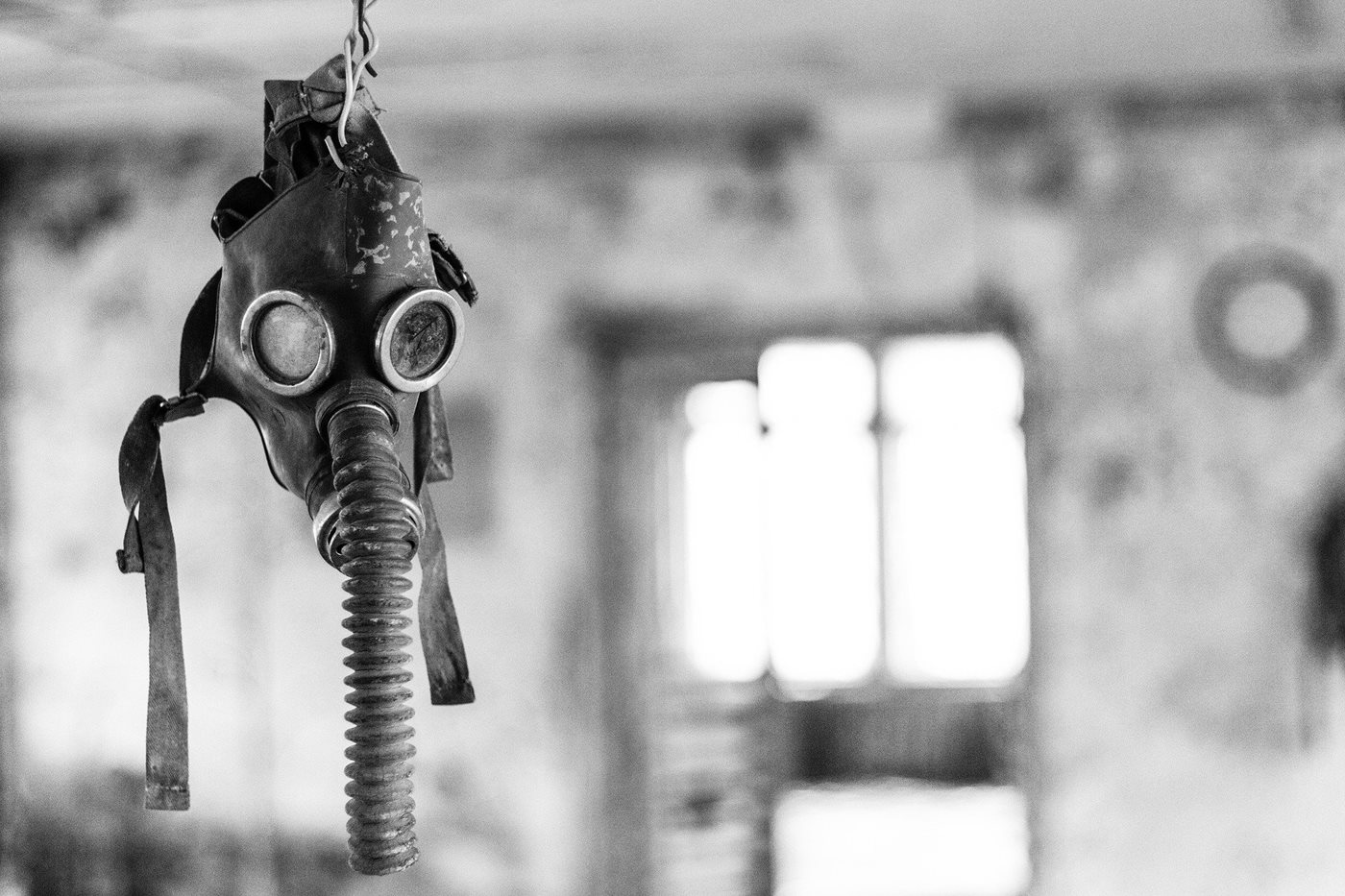February 2021

Bison, lynxes, foxes, brown bears and boars have been observed in this exclusion zone “natural habitat.” Apparently, recent scientific studies published on Scientific Reports hypothesize that wildlife has been able to adapt to this new environment and tends to live in less radioactive areas of the exclusion zone. Part of this adaptation may be seen on frogs. Ukrainian locals reveal that Chernobyl frogs have darker pigments and therefore may have more protection to radioactive radicals than those outside of the nuclear plant realms.
But there are other interesting beings making their way back to the old town of Pripyat. Thousands of tourists are now able to visit the least radioactive areas inside the exclusion zone. Furthermore, close to the old nuclear site, a new power plant has been opened to start generating clean power. By using solar panels, this 21st-century site is able to generate enough electricity for 2000 apartments.
While I do not imagine Pripyat to become the “hottest” real estate market anytime soon, it is good to see that even after one of the biggest man-made screw ups of all time, life finds its way.
—Borja Barbero Barcenilla
Borja is a doctoral student in the Department of Biochemistry.